Notes from the Teaching Naturalist:
Housing Authority of Birmingham District and
Red Mountain Park Field Trip
by Hunter Meadows
Cooper Green campers from the Housing Authority of Birmingham District pose with Jefferson County Greenways Naturalists at Red Mountain Park
Numerous communities surround Red Mountain Park— Wenonah, Powderly, and Mason City to name a few. Another neighborhood that borders Red Mountain is Cooper Green. In early July, Jefferson County Greenways naturalists had the opportunity to lead campers from the Cooper Green community on a guided hike through Red Mountain. Because we lead hikers along old footpaths and railroad tracks used by miners, we call this program our “Walk Through Time.” After leading our campers through a few minutes of team-building and warm-up activities, we began our journey to the remains of the Smythe mining camp. Smythe camp was last inhabited over 100 years ago, and without a keen eye, it could easily go unnoticed.
We paused once we reached the site of the camp and encouraged campers to look around and guess where they might be standing. Some said that "below us were mines" or that "we were standing on an old railroad track." One of our naturalists pointed out small clusters of hackberry trees that were evenly spaced throughout the woods before us. The children began to notice them. The trees are arranged in this way because, at one time, chimneys once stood where these trees were. Over the decades, birds would perch atop them and spread seeds around the base of the chimneys. Eventually, these seeds took root and grew. As time passed, the homes and their chimneys were reclaimed by nature and before long the trees were all that remained of Smythe.
We said goodbye to Smythe camp and continued along the railroad tracks in the same direction that the residents would have once traveled on their way to the mines. Along this route, we were eventually led to the site of the old company store. Nature has since taken back this site and all that remains are shards of broken glass and small ridges in the land where a garden once grew. Here, we took a break to drink water, catch our breaths, and discuss what life was like for miners during the height of operations at Red Mountain. Some campers circled amongst each other and discussed the various things we’d seen throughout the day, while others stood apart and admired the calming presence of the forest around us.
One group’s attention was caught by the large Red Mountain Park trail map that stands alongside the path. We congregated around the sign as a few campers tried to get their bearings. Shouts of “We’re right here,” "This is the mine”, and “Here’s where we started” echoed around us. As we traced different points on the map with our fingers, one of the older campers exclaimed, “Wait, this is our neighborhood!” Excitement roared as more and more children began to make out their community at the northern edge of Red Mountain. Eventually, the excitement mellowed and our walk back in time meandered back to the present day as we retraced our steps toward the trailhead.
During the trek back, campers couldn’t stop asking questions about the people who helped make Red Mountain what it is today. It surprised many of them to know that it was their neighbors and fellow community members who helped raise awareness for the historical significance of Red Mountain.
Once we’d made it back to the park entrance, we began to say our goodbyes. It was a warm day and we were all exhausted, but looking around, all we could see were smiles.

